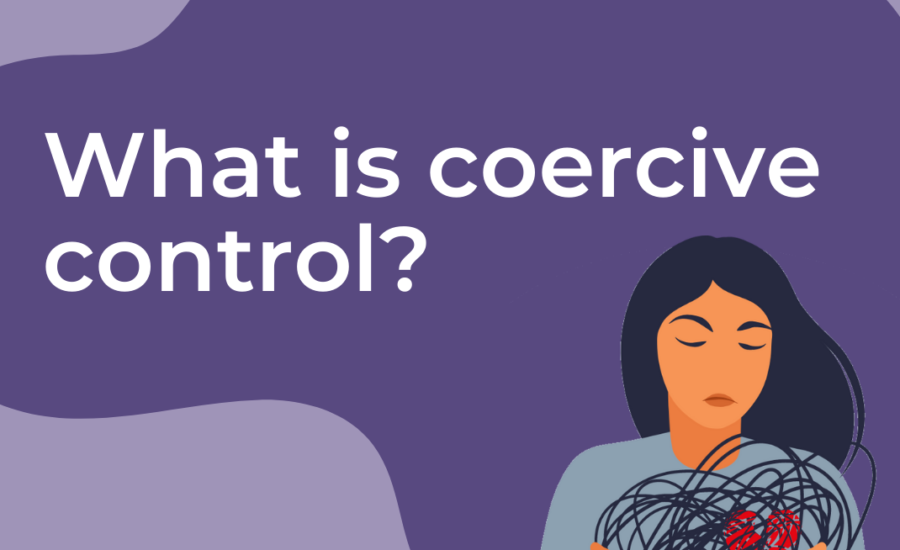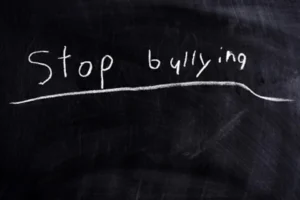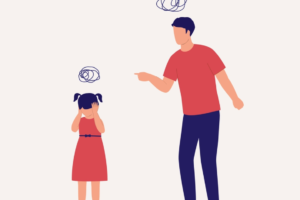By Lisa Aronson Fontes Ph.D., Coauthored with Pamela J. Miller, JD., MSW.
Coercive control and the severe abuse professionals refer to as “torture” can occur in intimate partner relationships and also in parent-child relationships.
Often, coercion and violence flow throughout toxic family systems, involving combinations of adults and children. The term “coercive control” has been used to describe the dominating tactics of intimate partner abuse, and the term “intrafamilial child torture” has been used to describe a mix of coercion and severe violence against a child.
Here, we discuss the tactics that abusers may use with both their children and their partners, so therapists, advocates, social workers, and survivors can learn what to watch for and how to help.
Victimization of Adults and Children
Coercive control and intrafamilial child torture can show up in different ways. In some families, a man abuses a female partner, and both partners torture one or more of their children. In other families, the father is the sole perpetrator. Sometimes, the mother is neither victim nor perpetrator but she fails to secure help for her tortured children—out of fear, a loss of perspective, or in response to threats, such as the perpetrator threatening to kill the entire family if the mother seeks help.
In this article, we will use the words “victim” or “target” to describe the person who is victimized by coercive control or intrafamilial child torture—distinguishing only where necessary. We will also use gendered terms (male/female, mother/father) to explain how severe family violence most typically shows up in heterosexual families—with an abusive father and a victimized mother. However, we acknowledge that families are made up of people of a range of genders and sexual orientations; any person could potentially be a victim or a perpetrator. (In the well-known case of the Harts, a couple consisting of two white mothers apparently tortured and eventually killed their six adopted Black children and themselves).
Abusers often use some combination of deliberate physical and sexual abuse, intentional deprivation, and methodical psychological abuse to dominate their children and partners. In child torture and intimate partner coercive control, abusers intentionally harm their victims, even if they later explain their behaviors as “lessons” or the result of being intoxicated or enraged. The perpetrator’s goal is to gain and retain absolute power over all aspects of the victims’ thoughts and actions.




